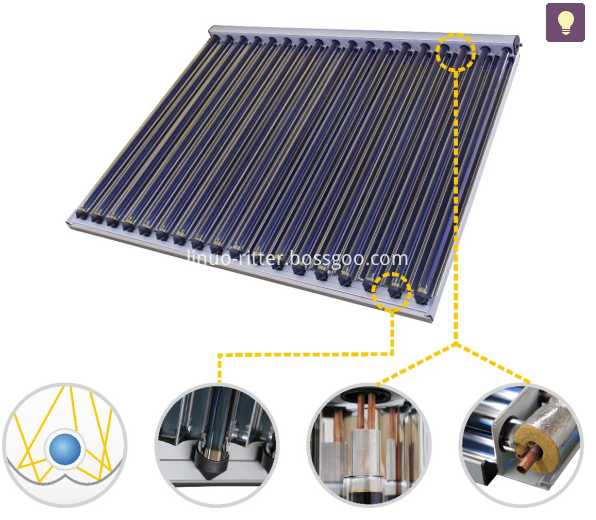Wet-applied natural stone wall surface During the installation, the stone plate will appear like a "watermark" plaque. With the hardening and drying of the inlay mortar, the "watermark" will be slightly reduced or even disappeared, and it will appear in isolation and dispersion. In the plate, however, as time goes by, especially in the outdoor, it is repeatedly exposed to rain or wet weather. The water invades from the surface of the board or the surface of the stone. The water spots of the natural stone gradually become larger, and the pieces are joined together in pieces to deepen the plate. The gloss is dull, and the white crystals are precipitated in the slats, which will not fade for a long time, which seriously affects the appearance. In this case, it is an efflorescence phenomenon. Natural stone crystals are relatively coarse, and there are many capillaries that we can't see with the naked eye. For example, the fine porosity of granite is 0.5% to 1.5%, the fineness of marble is 0.5% to 2.0%, and the impermeability is not as good as that of ordinary cement mortar. Although the water absorption of granite is only 0.2% to 1.7%, water can still be immersed in the other side through the capillary in the stone. This property of natural stone and the presence of capillary pores provide a channel for the infiltration of water, alkali, salt and the like in the bonding material. After understanding the cause of pan-alkali, the stone paving process in the decoration process is inseparable from cement, sand and water, but as long as the problem of water invading stone plates is solved, the phenomenon of stone pan-alkali can be effectively controlled, so we The ground stone used in general engineering is required to be protected by six sides. By coating the resin glue on the bottom of the stone board and then attaching the fiber mesh to form a tensile waterproof layer, the surface of the stone can not enter the water vapor, but Why do some projects still have alkaloids? How to avoid the occurrence of pan-alkali? Xiaobian combined with the actual and corresponding expert analysis found that there are four common factors: 1. Stone protective liquid is not applied. Precautionary measures: When signing a contract with a stone factory, first of all, it is necessary to make sure that the plate needs to be protected by six sides, and the protective liquid should pass the quality. The stone should be kept clean and dry before applying the protective agent. The number of painting passes and the thickness of the brush should be up to standard, and the brushing part should be completely leaked. After painting, it should be protected from rain. After the stone arrives, it can be sampled and watered for protection performance inspection. 2. During the construction on site, the integrity of the original protection is destroyed due to the breakage or cutting of the sheet. Precautionary measures: When working on site, prepare protective fluid. For fracture repair or cutting stone, the protective liquid should be brushed to ensure the overall integrity of the protection. Otherwise, the water will enter the interior of the stone along the cracks and loose parts of the stone, so that the humidity of the stone will increase, thereby forming a vicious circle, and ubiquitin will appear over time. 3. The surface water is too much, and the stone is in a humid or polluted environment for a long time, causing water to invade the stone through the protective layer. Precautionary measures: 1 If the paved stone is in a dark and humid environment or even a heavy water vapor, if you are not sure, you should first make a sample. 2 Do not pour a lot of water on the stone before the operation. 3 A moisture barrier should be installed under the ground wall. If the floor of the water room such as the bathroom or bathroom is decorated with stone, it should be treated with anti-seepage treatment. 4. Some stone materials are soft or have large holes. When used as ground stone, although they are also protected by six sides before construction, due to the characteristics of such stones, they are soft and have many holes. The effect is generally not very good, the alkaline substances in the cement sand will be easy to precipitate. Precautionary measures: Stones with soft stone materials such as French wood-grain stone and stones with more holes such as beige travertine are often encountered. When constructing ground materials, we generally use white cement instead of black cement. Although the strength and viscosity of white cement is a little worse than that of black cement, the difference in the composition of the two materials, white cement used to paste the ground stone, through the back of the stone, can form a good seal on the back of the stone, and the stone and The precipitates between the stone slabs are also faded by white, effectively preventing efflorescence.
Solar Collector is the most important part in a Solar Water Heating System, which is the component to absorb sunlight and transit heat to the water tanks. There are many type of solar collectors, Vacuum Tube Solar Collectors, Heat Pipe Solar Collector , U-pipe solar collector and Flat Plate Solar Collector. And solar collector is also devided to Pressurized Solar Collector and non-pressurized (open loop) solar collector.
The efficiency and temperature range of different solar collector is different, client can choose solar collector according to different requirement.
Solar Collector Solar Collector,Vacuum Solar Tube Collector,Solar Water Collector,Flat Solar Collector Linuo Ritter International Co.,Ltd , https://www.lnrtsolarenergy.com